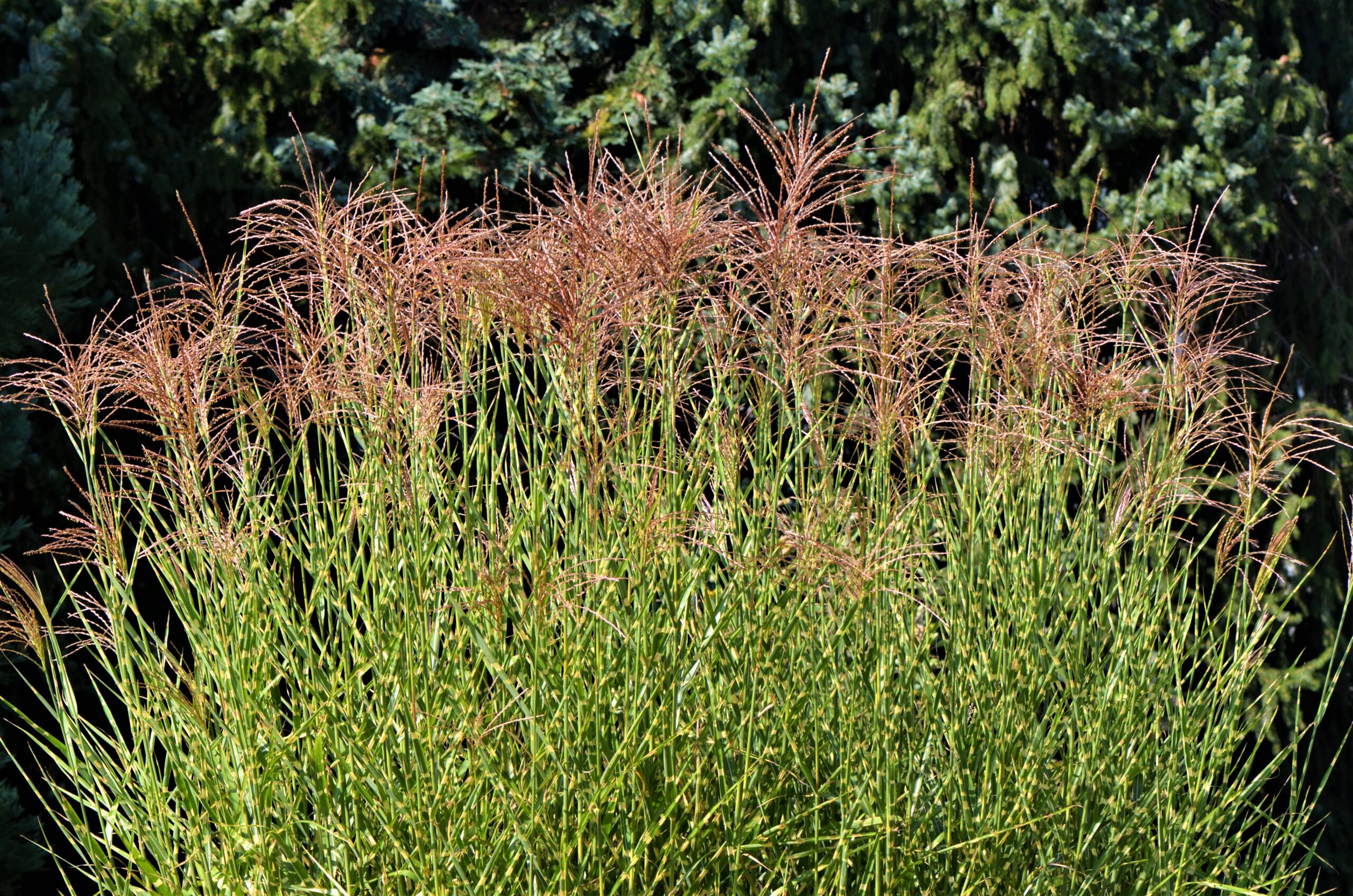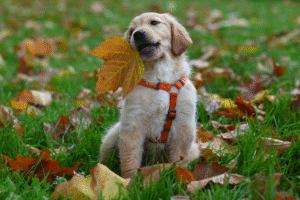By: Elena Roman
If you are looking to design a new garden or feel something may be missing from an existing garden, grasses may be what you are missing. They tend to be a forgotten and underrated feature, or even focal point to gardens, despite their versatility and reliability. Their success comes from their adaptability, allowing them to sustain in every environment and climate across the globe. Grasses grow quickly, are disease and pest free, drought tolerant once established, and minimal maintenance. Plus, garden themes ranging from cottage, seaside, meadows, modern, to Asian, can effortlessly include grasses in their design. Grasses offer a unique and effective textural element in addition to their contribution to your color pallet of choice, and even winter interest as colors fade while seed heads and foliage remain. They can transport us to wider, warmer land, or intimate, quiet nooks of forests–and who does not want to escape from day-to-day life occasionally?
We can classify grasses by these two dichotomies: cool season vs warm season, and clumping vs creeping.
Cool season grasses, as suggested by their category, are evergreen, have their most active growth in the cooler seasons. Warm season grasses, as you could guess, experience their active growth in warm seasons. They prefer the heat and will go dormant in winter- they may appear dead but are not.

Creeping grasses are grasses we typically mow, and usually can be walked on. They can spread vegetatively. Clumping grasses remain in tight bunches and are what we visualize in our mind when we think about grasses we find in gardens–most ornamental grasses are clumping. These growth habits are important to consider when trying to find a grass to fulfill distinct roles in the garden, in addition to soil and moisture type. We may think of grasses as being strictly full sun and dry dwellers, some can be flexible in their living conditions, and thus become options you would not have otherwise considered!

For example, Switchgrass (Panicum virgatum) prefers moist soil, and can be suited for bordering different natural water features. Northern sea oats (Chasmanthium latifolium) do best in partial shade, and due to its prolific nature, can be a valuable ground cover alternative to more natural areas of partial woodlands. Not to mention, both grasses are Maryland natives, perfect for safely occupying our regional landscapes, while benefiting our local ecosystems.

Fluffy, mounding grasses are capable of softening hard edges of hardscape along pools or bed edges, while upright grasses contrast low lying companion perennials. Not to mention some grasses can offer a more budget friendly privacy screen for certain spaces needing better seclusion!

Pink muhly grass (Muhlenbergia capillaris) has cloudlike pink seed heads in summer which create a beautiful, dreamy, floating effect for accenting taller flowering perennials.
Big bluestem (Andropogon gerardii) is a great native alternative to the traditionally used Miscanthus grasses often used for privacy screening. As one of the tallest grasses found in Maryland, it reaches 5-8 feet tall, with green to blue green foliage in spring and summer to bright orange to copper foliage in fall.
As you brainstorm through these unique design elements and species when coordinating with your designer or even create your own garden designs, do not forget grasses!




